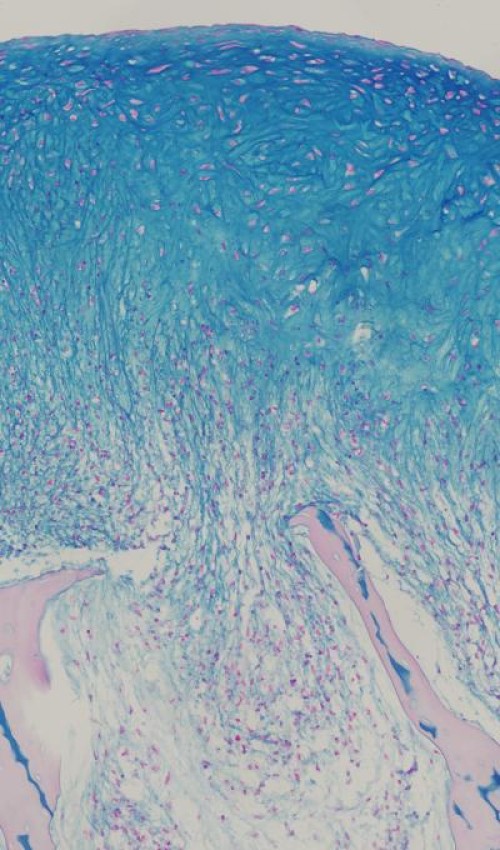
Scientists successfully grow human brain in lab
Growing brain tissue in a dish has been done before, but bold new research announced this week shows that scientists’ ability to create human brains in laboratory settings has come a long way quickly.
Researchers at the Ohio State University in the US claim to have developed the most complete laboratory-grown human brain ever, creating a model with the brain maturity of a 5-week-old foetus. The brain, which is approximately the size of a pencil eraser, contains 99 percent of the genes that would be present in a natural human foetal brain.
“It not only looks like the developing brain, its diverse cell types express nearly all genes like a brain,” Rene Anand, professor of biological chemistry and pharmacology at Ohio State and lead researcher on the brain model, said in a statement.
“We’ve struggled for a long time trying to solve complex brain disease problems that cause tremendous pain and suffering. The power of this brain model bodes very well for human health because it gives us better and more relevant options to test and develop therapeutics other than rodents.”
Anand turned to stem cell engineering four years ago after his specialized field of research – examining the relationship between nicotinic receptors and central nervous system disorders – ran into complications using rodent specimens. Despite having limited funds, Anand and his colleagues succeeded with their proprietary technique, which they are in the process of commercializing.
The brain they have developed is a virtually complete recreation of a human foetal brain, primarily missing only a vascular system – in other words, all the blood vessels. But everything else (spinal cord, major brain regions, multiple cell types, signalling circuitry is there). What’s more, it’s functioning, with high-resolution imaging of the brain model showing functioning neurons and brain cells.
The researchers say that it takes 15 weeks to grow a lab-developed brain to the equivalent of a 5-week-old foetal human brain, and the longer the maturation process the more complete the organoid will become.
“If we let it go to 16 or 20 weeks, that might complete it, filling in that 1 percent of missing genes. We don’t know yet,” said Anand.
The scientific benefit of growing human brains in laboratory settings is that it enables high-end research into human diseases that cannot be completed using rodents.
“In central nervous system diseases, this will enable studies of either underlying genetic susceptibility or purely environmental influences, or a combination,” said Anand. “Genomic science infers there are up to 600 genes that give rise to autism, but we are stuck there. Mathematical correlations and statistical methods are insufficient to in themselves identify causation. You need an experimental system – you need a human brain.”
The research was presented this week at the Military Health System Research Symposium.
Source: sciencealert.com






